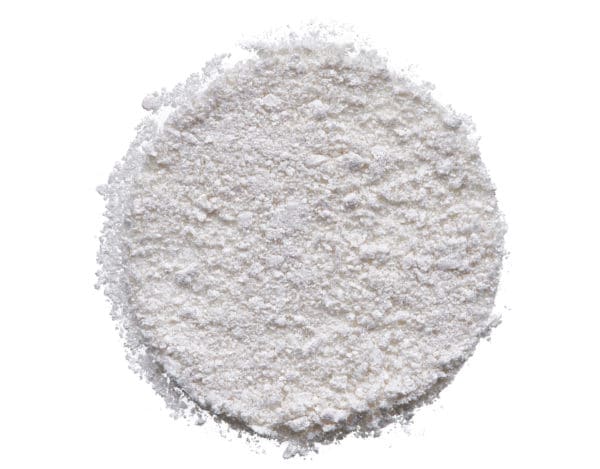
The term urea comes from the Latin. Urea is an end product of the human metabolism of nitrogen compounds. Most of it is excreted through urine, but it is also excreted through sweat. This is how it gets onto the skin, where it makes up about 7 percent of the natural moisturising factors of the horny layer. Usually the body produces enough urea to protect the skin from drying out.
As an active ingredient, urea is known for its very good skin compatibility. It has almost no side effects. Due to its water-binding properties, it is particularly popular in medicine and cosmetics. For use in e.g. cosmetic products, urea is produced synthetically. This has the advantage that synthetic urea has a particularly high purity.
The active ingredient urea is able to absorb water, bind it and slowly release it again. In this way, it ensures that the skin is more thoroughly moisturised and regulates its moisture level. External influences, nutrition, age or skin diseases can lead to a impaired skin protection barrier. As a result, the skin lacks protective lipids (fats), causing it to lose too much moisture. This loss can no longer be naturally compensated. The skin becomes cracked and dries out into the deeper layers of the skin. Roughness, tension and itching are the result.
Regular use of care products with urea can compensate for this loss of moisture sustainably and effectively.